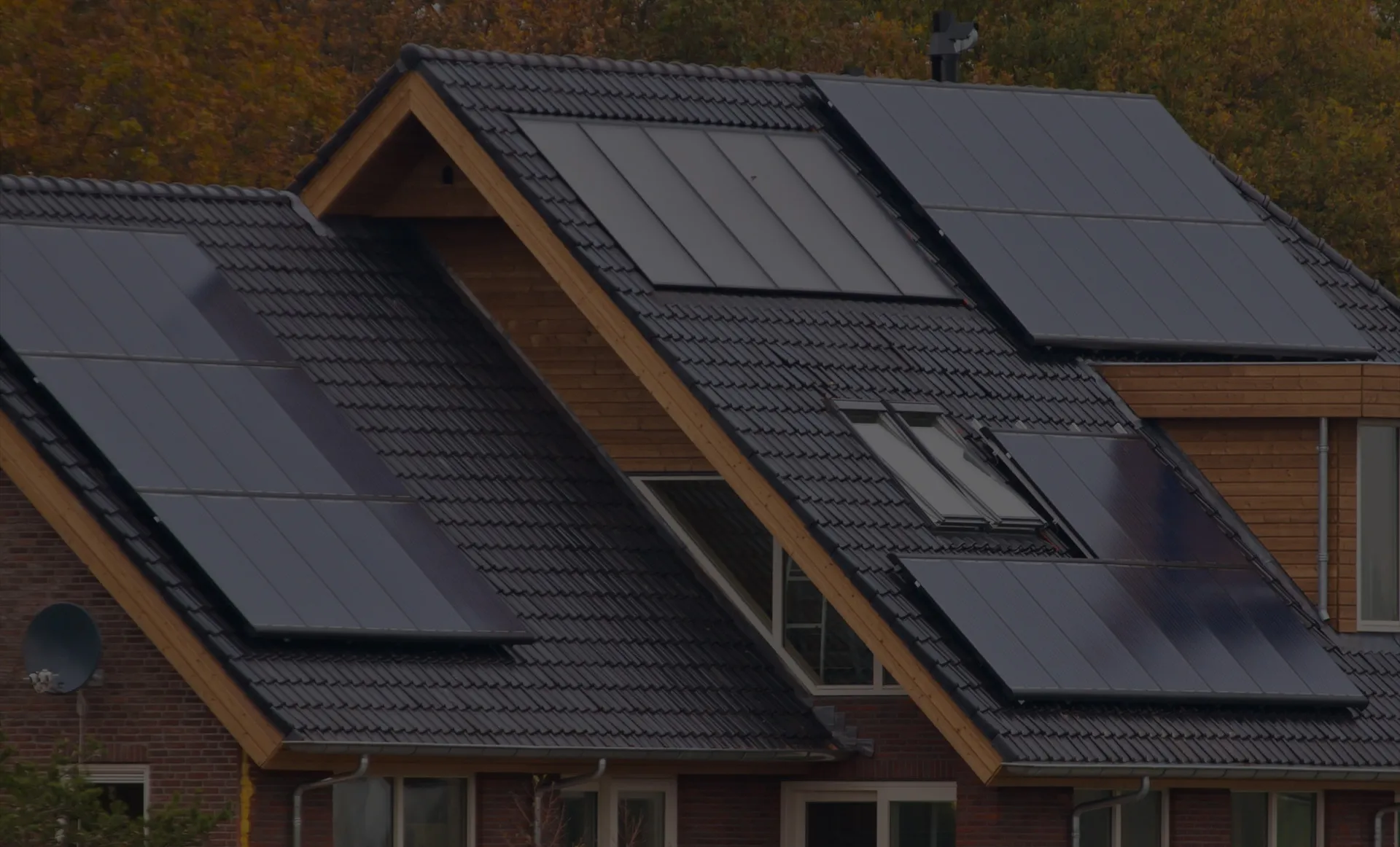Exploring the Advancements and Future Potential of Perovskite Solar Panel Technology in Renewable Energy
The Future of Energy Exploring Perovskite Solar Panels
In recent years, the pursuit of sustainable energy solutions has accelerated, with solar power at the forefront of this green revolution. Among the most promising innovations in this field are perovskite solar panels, which have garnered attention for their efficiency, cost-effectiveness, and versatility. This article delves into the technology behind perovskite solar cells, their advantages, challenges, and future potential in the renewable energy landscape.
Understanding Perovskite Solar Cells
Perovskite solar cells are named after the mineral perovskite, which has a specific crystal structure. The key component of these cells is a hybrid organic-inorganic lead or tin halide-based material, which has shown exceptional light-absorbing capabilities. Since their introduction in the early 2000s, perovskite solar cells have witnessed rapid advancements, with efficiencies skyrocketing from around 3% to over 25% in less than two decades.
Advantages of Perovskite Solar Panels
One of the standout features of perovskite solar cells is their impressive energy conversion efficiency. They can achieve higher efficiencies than many traditional silicon-based solar cells, making them an attractive option for both residential and commercial applications. The ability to produce perovskite materials through simpler processes also significantly reduces manufacturing costs, which can help lower the overall price of solar energy.
Another advantage is their flexibility and lightweight nature. Unlike conventional solar panels that are rigid and bulky, perovskite solar cells can be manufactured on flexible substrates. This opens up new possibilities for solar energy integration into various surfaces, including building facades, clothing, and even portable electronics. Furthermore, their ability to be manufactured in different colors and transparencies offers aesthetic and architectural benefits for modern structures.
Challenges Facing Perovskite Solar Technology
perovskite solar panels

Despite the numerous advantages, perovskite solar cells are not without their challenges. One of the primary concerns is the stability and longevity of these cells. While progress has been made, perovskite materials can degrade under environmental conditions such as moisture, heat, and UV exposure. Ensuring long-term stability comparable to traditional silicon solar cells is essential for widespread adoption.
Another significant challenge lies in the toxicity of lead, a common component in many perovskite formulations. Researchers are actively working on lead-free alternatives to make these technologies safer for the environment and human health. Furthermore, scalability in manufacturing is crucial, as bringing perovskite solar panels to market demands consistent production protocols and the establishment of quality assurance measures.
The Road Ahead
Despite these hurdles, the future of perovskite solar panels remains promising. Ongoing research and development efforts aim to enhance their stability, efficiency, and safety. Recent advancements have demonstrated the potential for tandem solar cells, which combine perovskite layers with traditional silicon cells to achieve remarkable efficiency gains.
Government support and investment in sustainable technologies are also gaining momentum globally, fostering innovation in the solar sector. As policies favor renewable energy and technology continues to evolve, perovskite solar panels could play a pivotal role in the transition to a cleaner, more sustainable energy future.
Conclusion
Perovskite solar panels are at the cusp of revolutionizing the solar energy market. With their high efficiency, cost-effectiveness, and versatility, they represent a significant leap towards harnessing solar power. While challenges remain, the prospects for further advancements in this technology are bright, potentially shaping the energy landscape for generations to come. Embracing these innovations could be key to achieving a sustainable and eco-friendly future.
-
Unlocking Energy Freedom with the Off Grid Solar InverterNewsJun.06,2025
-
Unlock More Solar Power with a High-Efficiency Bifacial Solar PanelNewsJun.06,2025
-
Power Your Future with High-Efficiency Monocrystalline Solar PanelsNewsJun.06,2025
-
Next-Gen Solar Power Starts with Micro Solar InvertersNewsJun.06,2025
-
Harnessing Peak Efficiency with the On Grid Solar InverterNewsJun.06,2025
-
Discover Unmatched Efficiency with the Latest String Solar InverterNewsJun.06,2025







